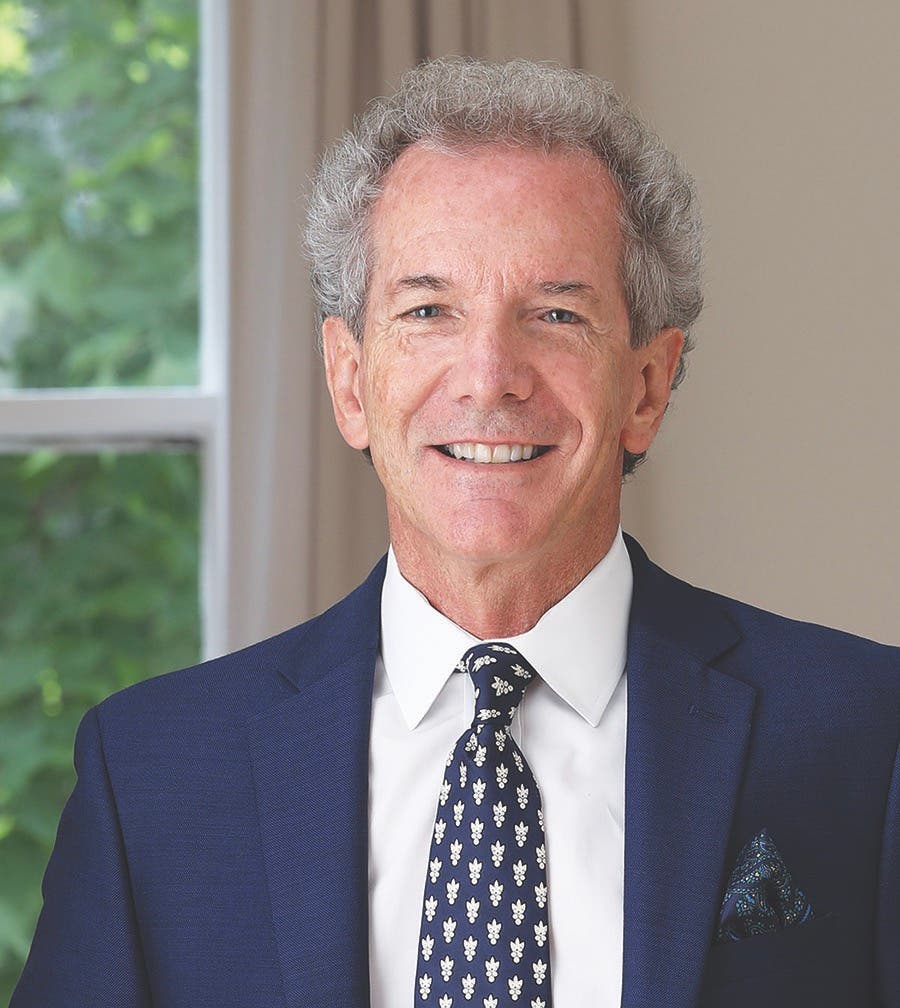
Features
The 25 – Anthony “Ankie” Barnes, FAIA
Trained in traditional and modern architecture, Anthony “Ankie” Barnes has built hundreds of homes since he co-founded the firm of Barnes Vanze Architects/BVA more than 35 years ago.
The new residences, additions, and renovations built by the firm, which is based in the Washington, D.C. area, reflect Barnes’s passion for merging traditional design with advanced technologies.
They feel authentic in their style, use of materials, context, and suitability to the client and the program. But there’s much more behind the walls: By quietly incorporating high-performance science-based features into every project, the firm ensures that longevity, low energy use, and healthy indoor living are attributes of each of their projects.
“These high-design and well-built mantras help produce buildings that ‘feel right,’” says Barnes, who was born in Johannesburg, South Africa, and who has a bachelor’s degree in architecture from Witwatersrand and a master’s in architecture from Yale University.
Named a member of the AIA College of Fellows in 2014, Barnes serves on the boards of the Institute of Classical Architecture & Art, the Design Leadership Network, the Design Leadership Foundation, and the Lutyens Trust Advisory Board. In addition, he is the founder of the Whisky Watercolor Club; he and the other members—Michael Imber, Tom Kligerman, Doug Wright, and Steve Rugo—meet weekly via Zoom to paint their interpretations of the same subject.
“I feel the mentoring and learning from others in the design industry—from younger architects in the office up to other principals in the firm—is always rewarding and is always a two-way street,” Barnes says. “I am constantly learning new things about design and how we work from others.” Barnes is inspired by travel. “New places, cultures, and vernacular traditions always seem to activate my work,” he says.
Noting that designing very curated, personal spaces for private homes will always be in vogue for those who can afford it, Barnes sees the ongoing role of the architect as lifting the standard of house design for people of all income levels.
“I hope to have given joy to the clients and neighbors of the projects while adding handsome buildings to the neighborhoods I have worked in,” he says.








